Adafruit makes really great prototyping boards, and especially their "Feather" series of boards is great. The pinout is actually designed, with a lot of thought put into it, and the boards are all top quality. They also contain a lot of stuff on them already, just in case you need it: LEDs, battery charger, debugging interface, STEMMA connectors, prototyping area, you name it. It means that while you are prototyping and you suddenly need any of this, it's there for you already and you don't have to go out of your way to find it. And the documentation is great as well, not to mention all the work that went into developing CircuitPython and a million libraries. But it comes at a price.
When you finish your project, and it turns out you don't need all those extra things in the end, it feels like a waste to leave that awesome (and relatively expensive) board in your project. That's why I'm making the Fluff. It has the same pinout as the feathers, but it literally only has five components on it — everything non-essential has been removed. Functionally it's a Trinket M0 with more pins and without the diodes. It's the cheapest possible Feather-compatible board that runs CircuitPython.
I'm making this for my own use, and I don't plan on selling it, but as usual all the design files are available, so you can make your own if you want to.
 deʃhipu
deʃhipu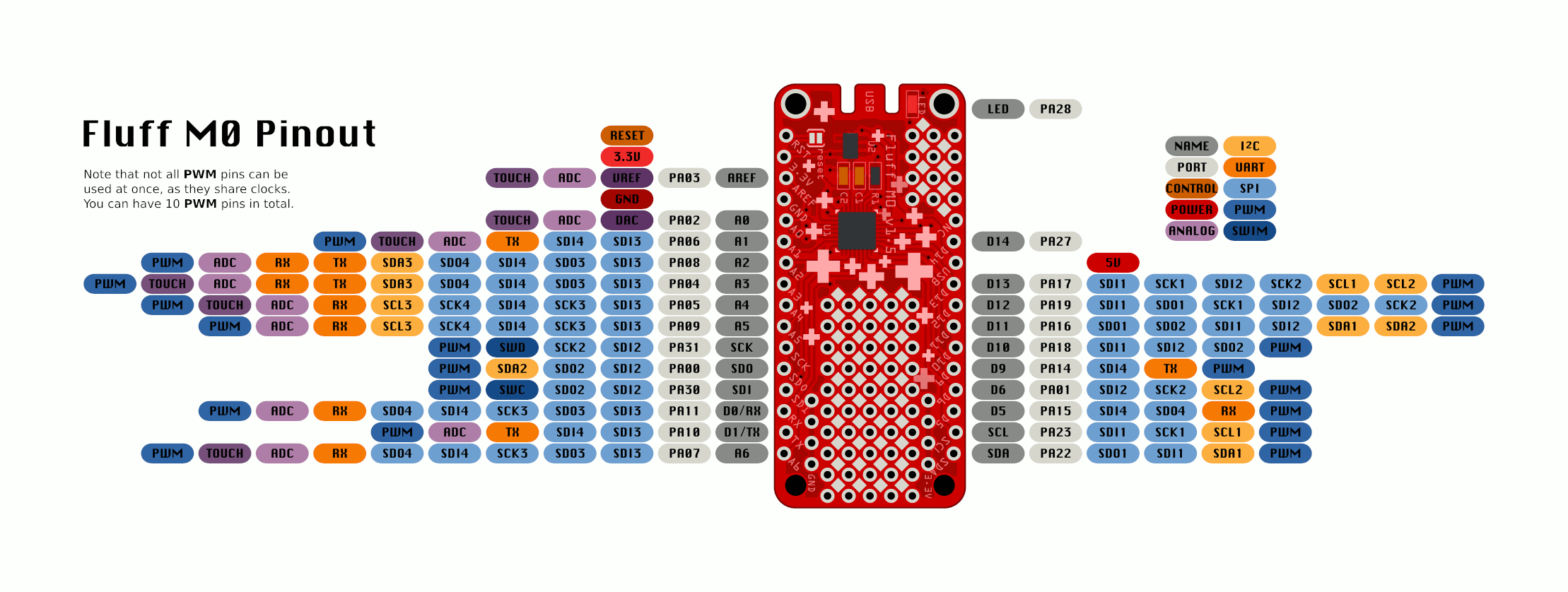
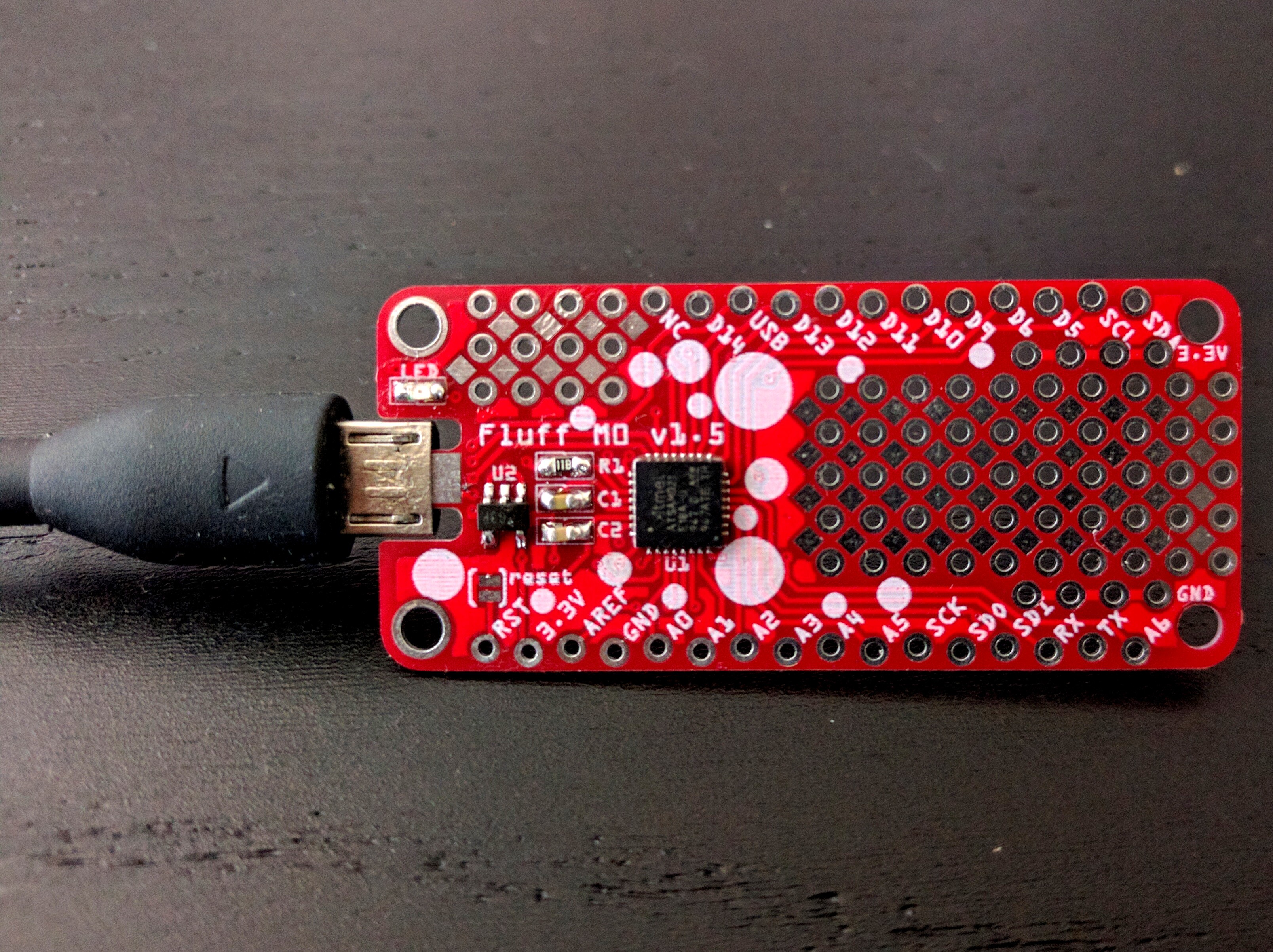
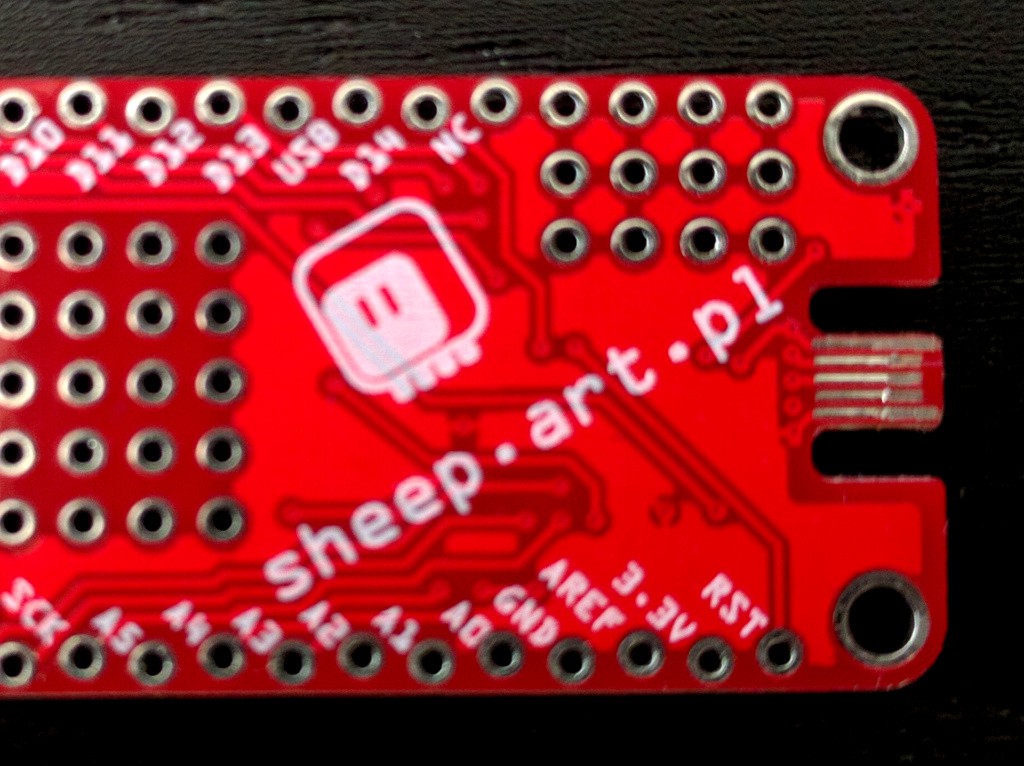
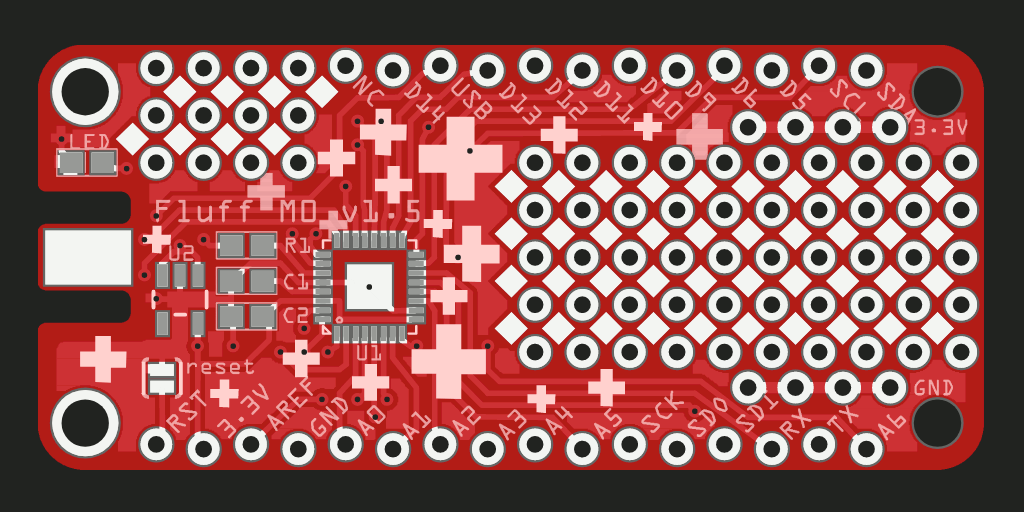
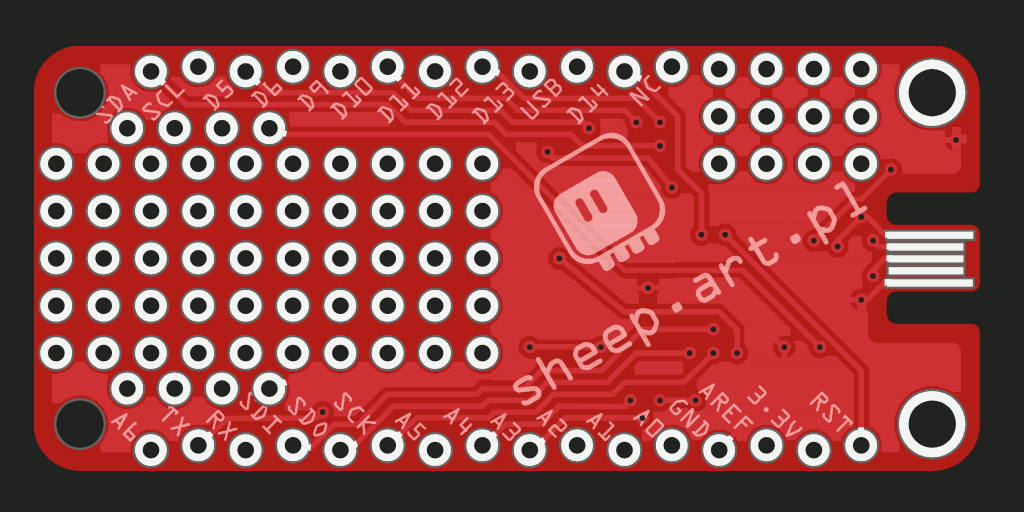
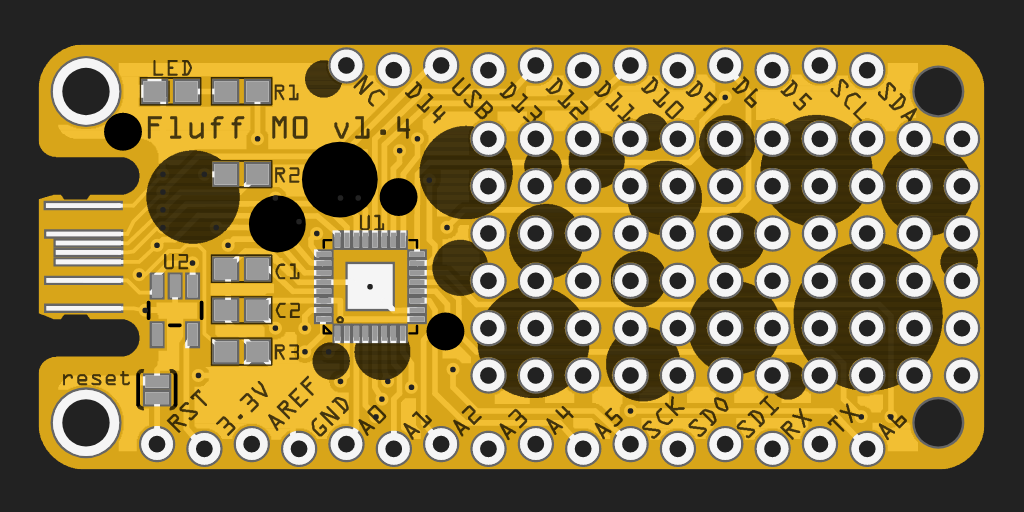
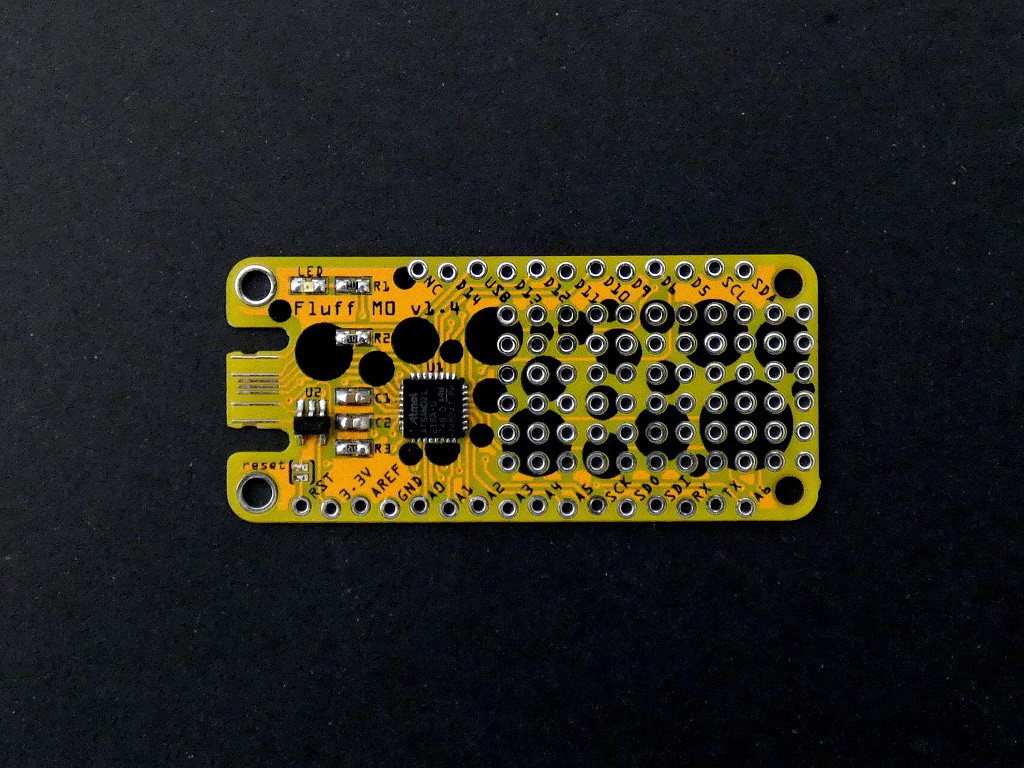
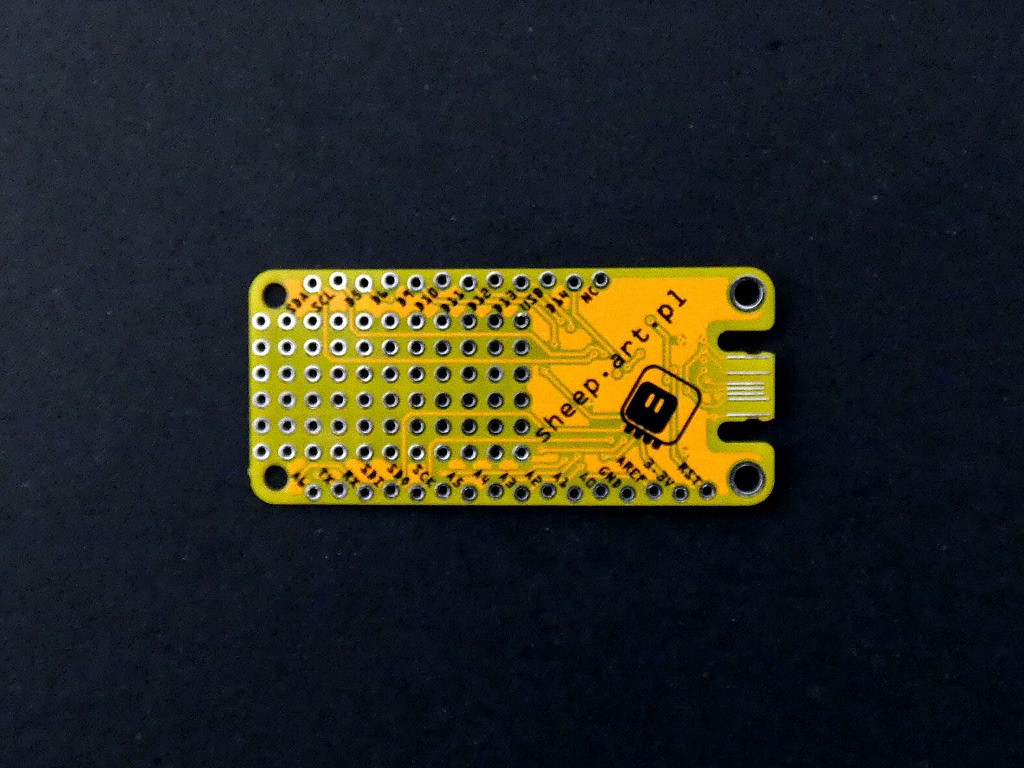
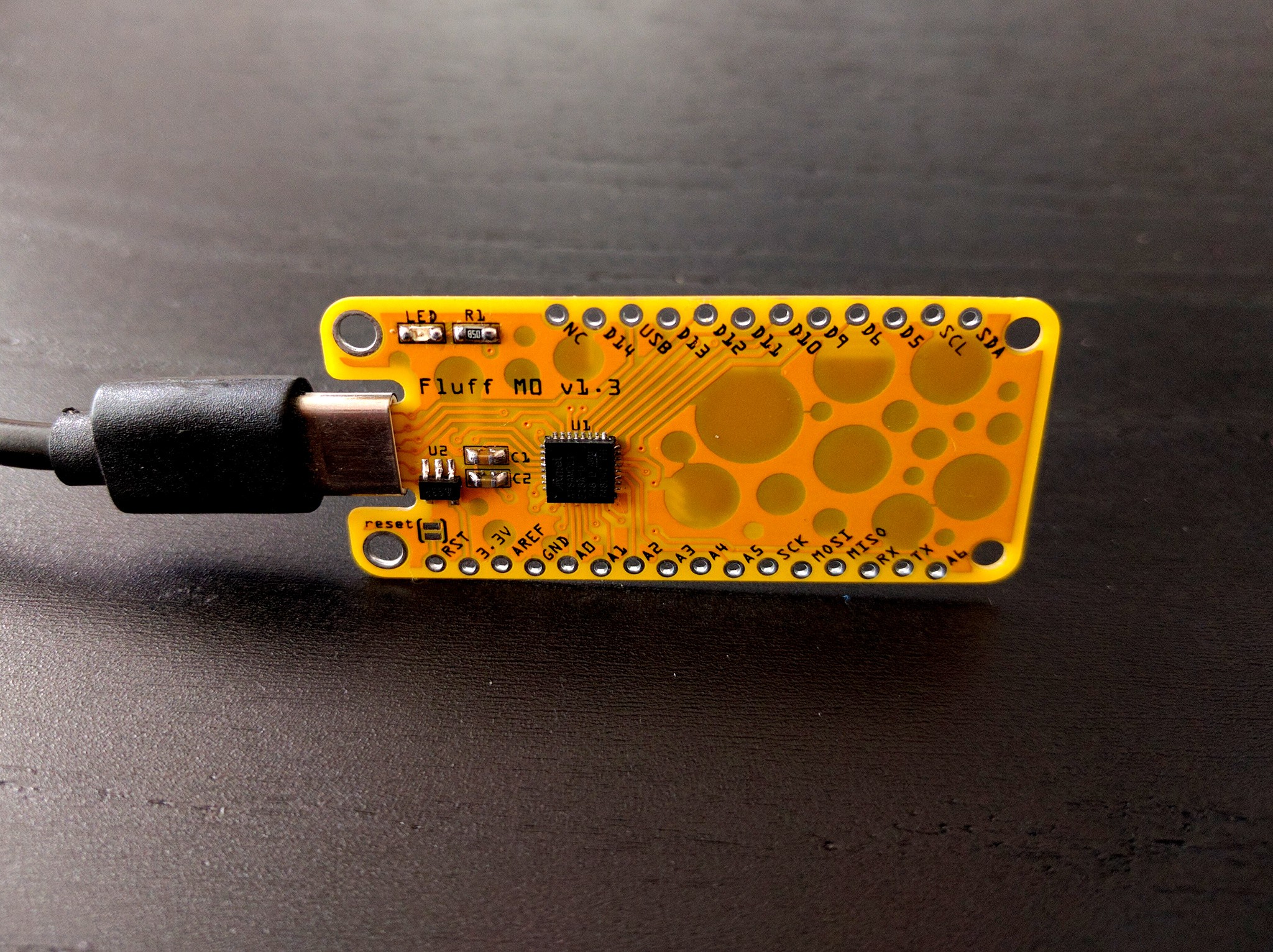
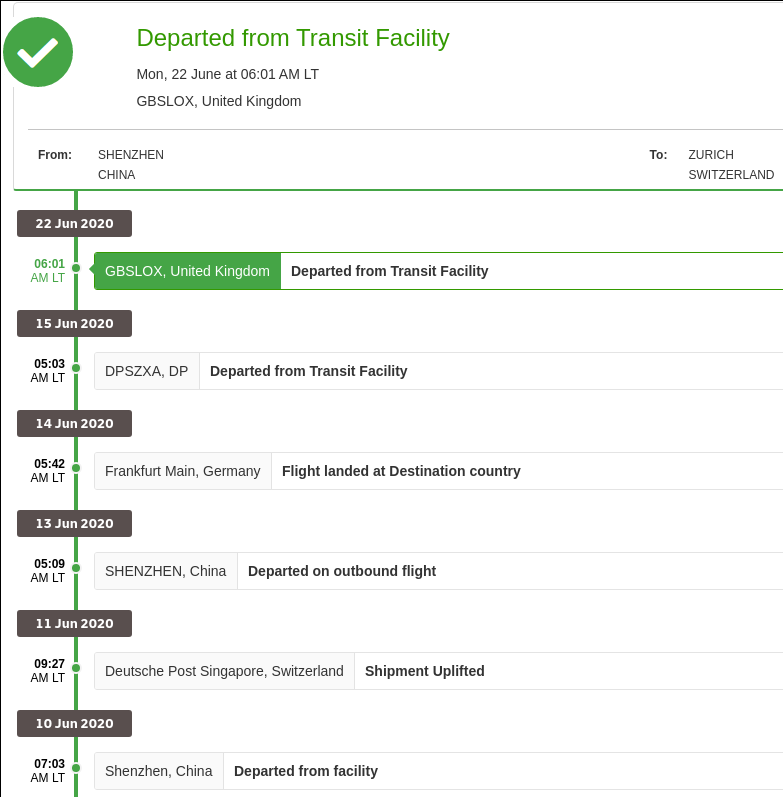
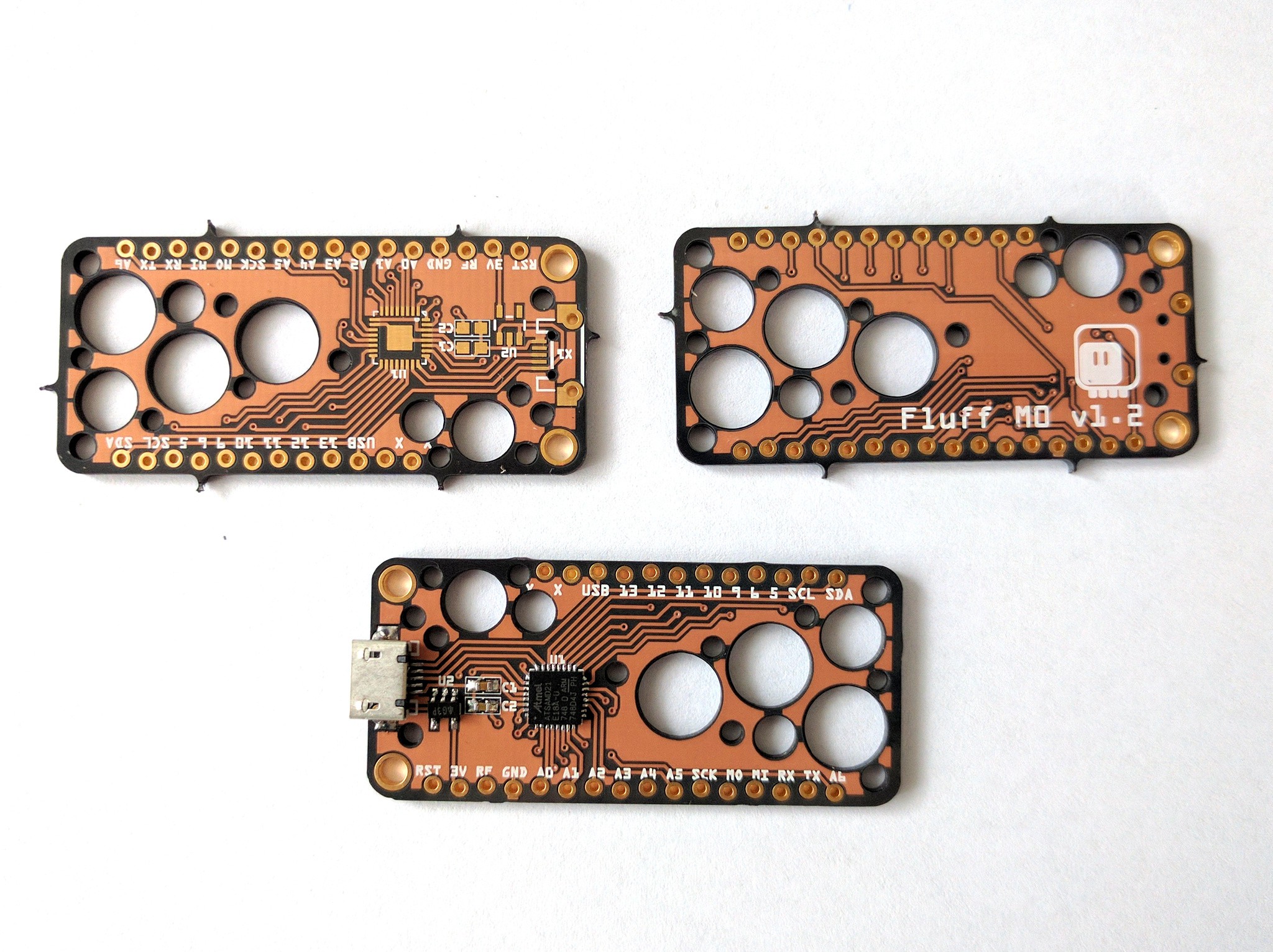
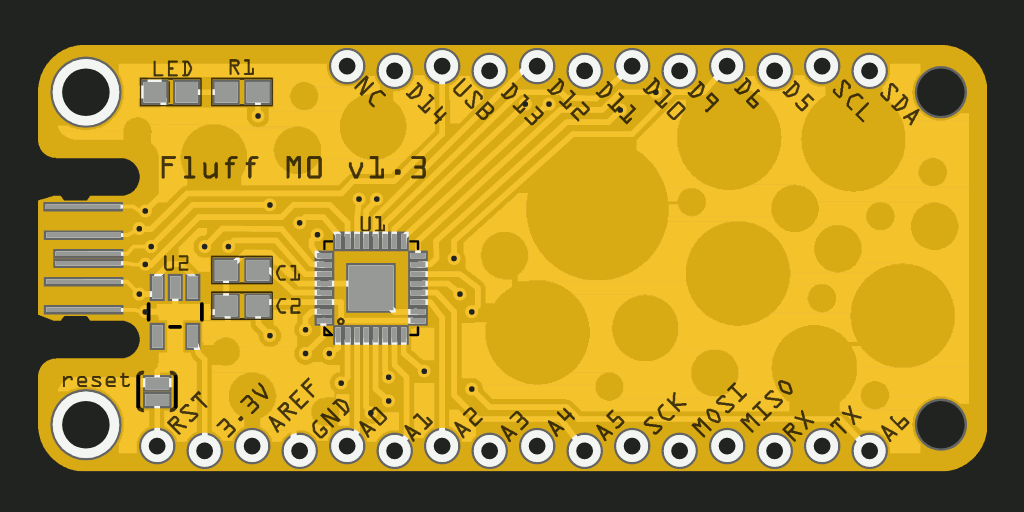
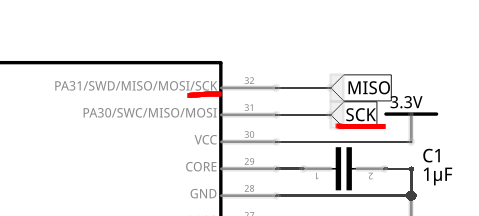
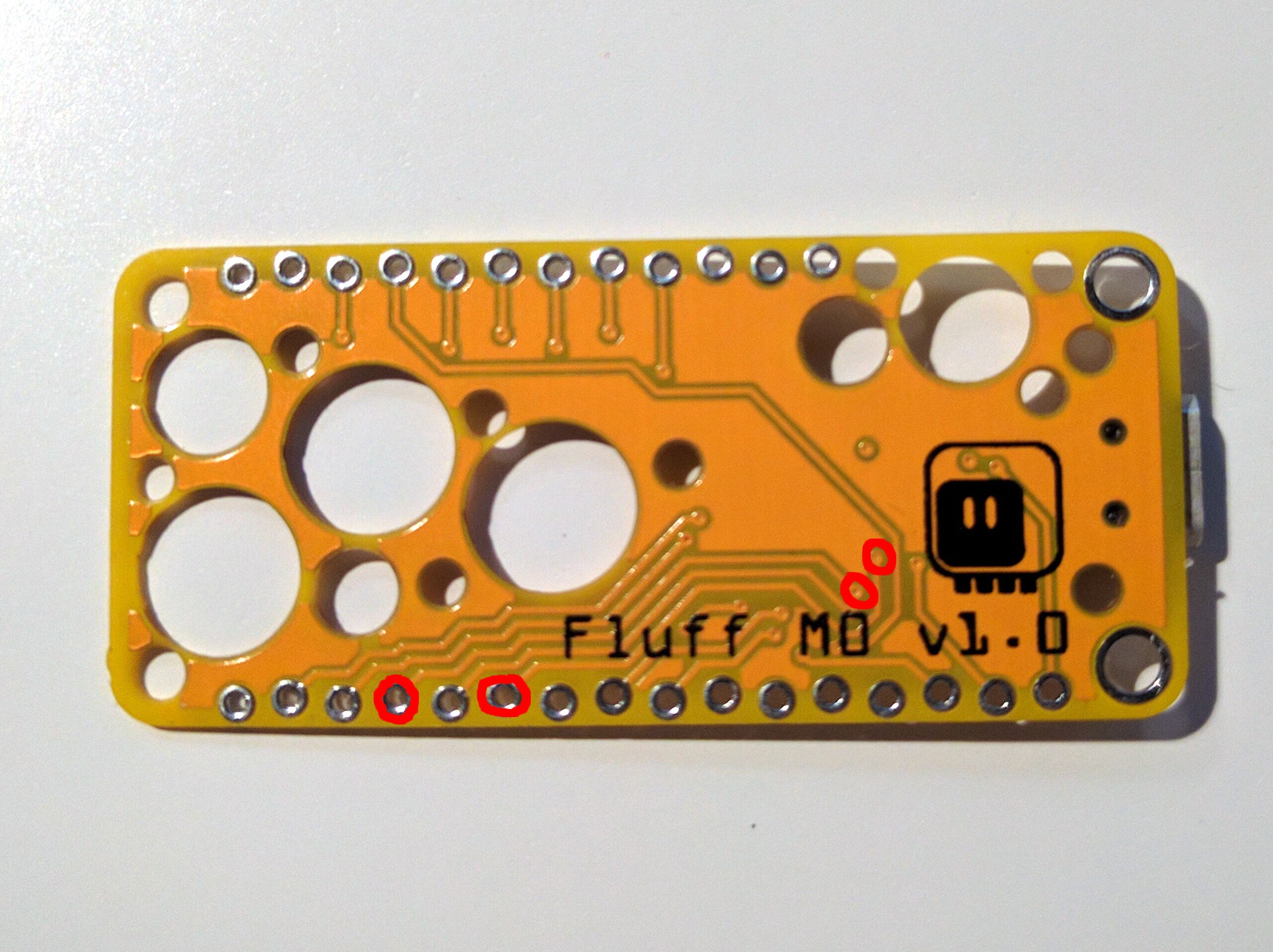
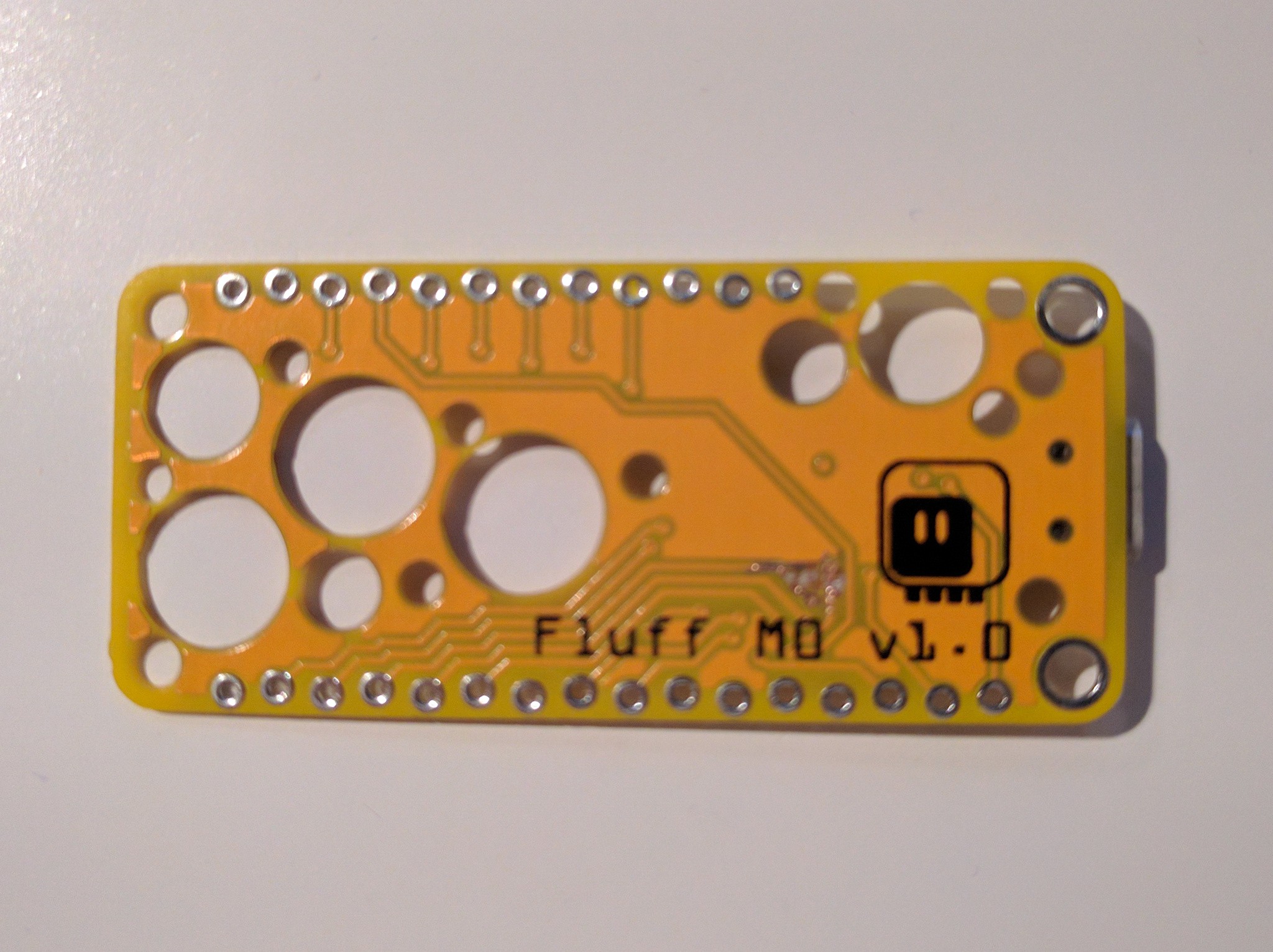
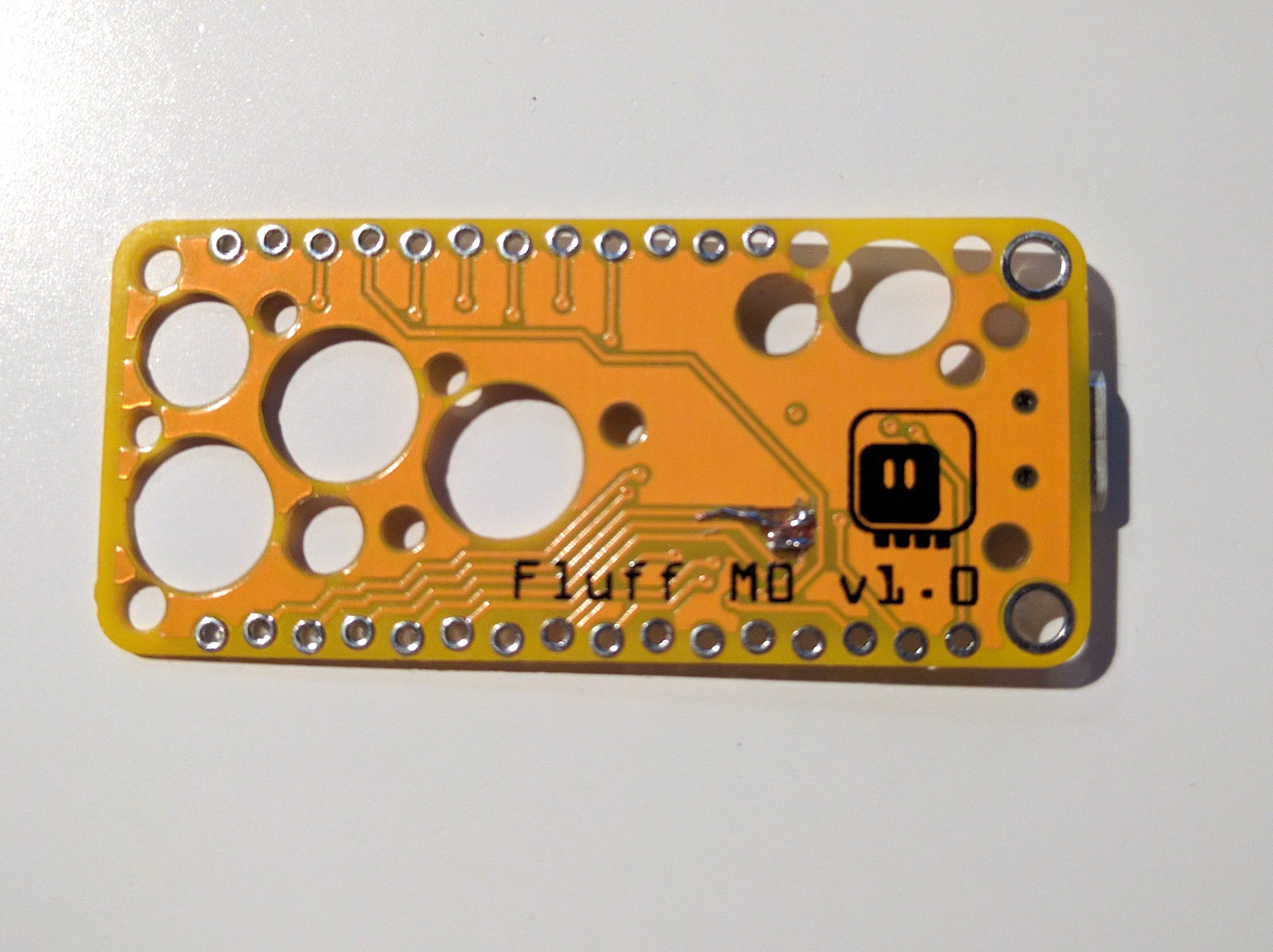
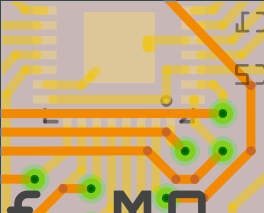
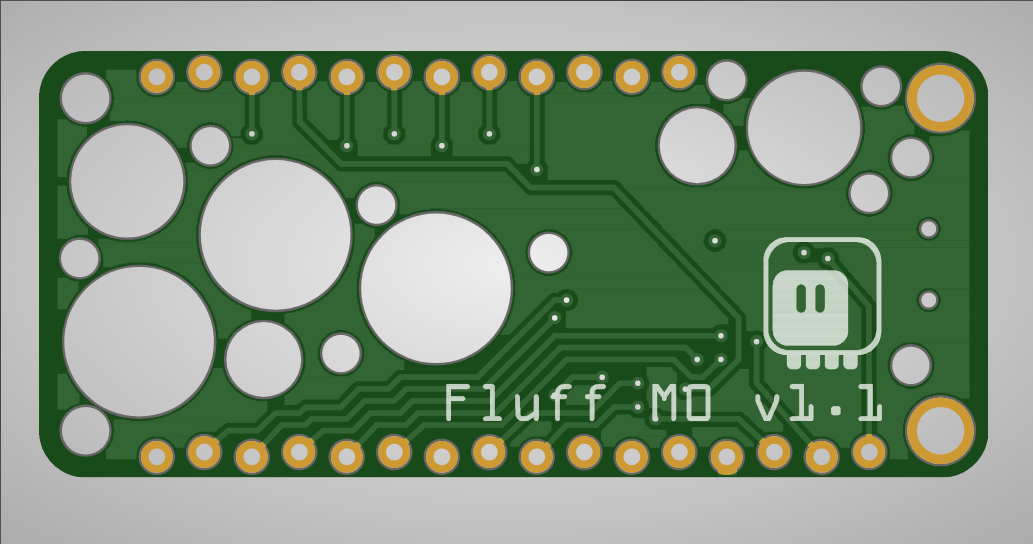






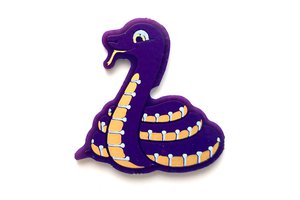
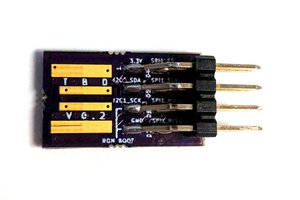
 ajlitt
ajlitt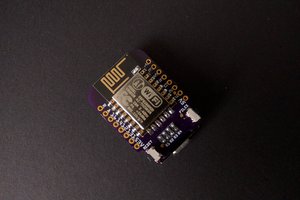
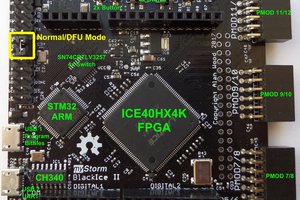
Looks like its practical and easy to use. Does it work without cpython, with arduino ide?